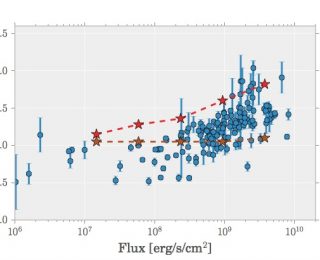
by Shang-Min Tsai | May 5, 2017 | Daily Paper Summaries
Hot Jupiters passively cool down and contract after formation. Standard models can predict their thermal history and how much their radii should contract up to present time. Yet the observed radii (e.g. through transit) are larger than prediction. The possible solutions to this problem can be categorized into two types: (I) constantly injecting energy into the interior (II) delay the cooling process. (I) includes downward transport of kinetic energy, or energy dissipated by the interaction with the magnetic field (ohmic dissipation). Enhanced opacities are also proposed to reduces the cooling rate, which belongs to (II). However, the above mechanisms are either not robust or restricted to fine-tuned parameters. So the radius anomaly remains an intriguing open problem.
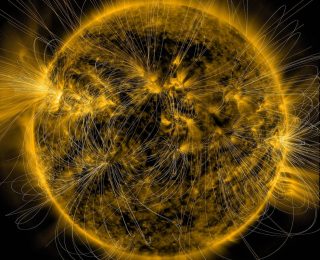
by Ingrid Pelisoli | Mar 21, 2017 | Daily Paper Summaries
Many celestial bodies show magnetic fields, from the Earth to the faint white dwarf stars. Is there a common explanation for such fields?
Image credits: NASA/SDO/AIA/LMSAL
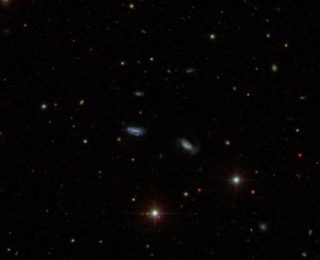
by Stacy Kim | Mar 16, 2017 | Daily Paper Summaries
They ruled the UV skies… or did they?
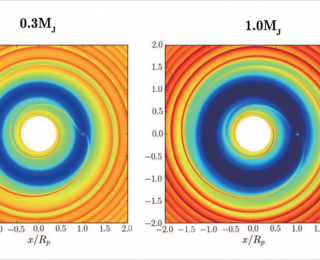
by Jamila Pegues | Mar 6, 2017 | Daily Paper Summaries
Characterizing planets through direct imaging is no easy task! But today’s authors offer a work-around formula, which estimates the crucial parameter of planetary mass from protoplanetary disk observations. In this astrobite, we discuss ‘The Theory’ and ‘The Practice’ of their cool equation.
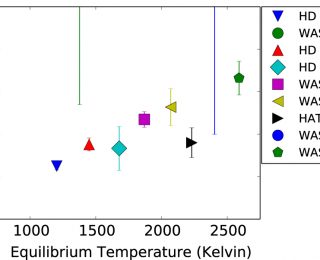
by Shang-Min Tsai | Feb 21, 2017 | Daily Paper Summaries
Hot Jupiters, on the other hand, are extreme worlds. They orbit very close to their host stars (< 0.1 AU) and are locked by the tidal force into synchronous rotation, always having the same side facing their stars. This makes for interesting atmospheric dynamics. In today’s paper, we take a look into these exotic worlds. The authors examined what essentially controls the day-night temperature differences and compare their theory to numerical simulations (so called general circulation models or GCM).

by Thankful Cromartie | Feb 16, 2017 | Daily Paper Summaries
Short gamma ray bursts are one of the biggest cosmic mysteries of modern astronomy. Today’s post investigates one possible culprit for this phenomena – the merging of two neutron stars.






